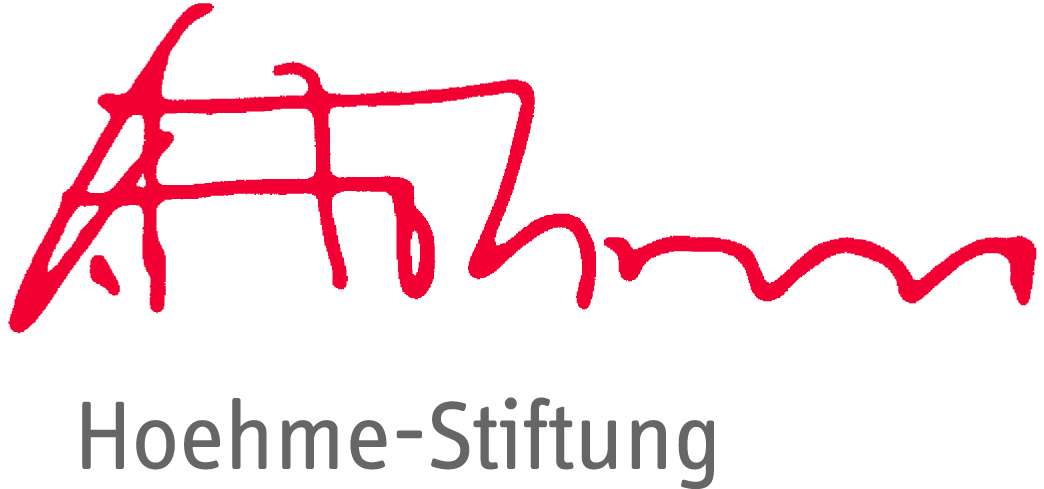Gerhard Hoehme
Throughout his complex and multilayered works, Gerhard Hoehme (1920-1989) has consistently interrogated and expanded both images themselves and their respective spaces. His two and three-dimensional works, be they drawings or installations, have made a vital contribution to art in the second half of the 20th century, both at home and abroad. From the very beginning of his practice, Hoehme has pursued a dialogue with the viewer. Relationen (relations) is a key term in understanding this artist, who was also an astute critic of his times. Hoehme’s texts show how intensively his critical reflections on art, society, and his own work informed his practice. Along with Peter Brüning, Winfred Gaul, K.O. Götz, Bernard Schultze, Emil Schumacher and Fred Thieler, among others, Hoehme was one of the leading figures of the German Informel movement. His gestural paintings from the 50’s and 60’s – especially his shaped canvas series, his collage-like Borkenbilder (bark pieces), and his subtle text and structure works – generated a significant impetus.
Hoehme investigated the material composition of his painterly media and opened up new possibilities for the traditional format of panel painting. Early on, he began to consider painting as an open and energetic field which expanded into its environment. Though to this day, the reception of his Informel phase has overshadowed and perhaps obscured the significance of his surprisingly experimental later works. They were systematic developments both of and beyond the conception of images common to the Informel movement. The works developed parallel to his long career at the Kunstakademie Düsseldorf where he taught from 1960 until 1984. Sigmar Polke and Chris Reinecke were some of his first students.
From the middle of the 60’s onwards, Hoehme increasingly experimented with materials foreign to art. He used pattern sheets from clothing and damask tablecloths as substrates as well as worked with industrial materials like plastic foils and polyethylene hoses. According to Hoehme, strings and cords were the plastic form of Heraclitean thought. His string sculptures developed against the backdrop of a society polarized by the student revolts of the 60’s and 70’s. Hoehme’s work – neither purely painting nor sculpture – are materializations of a Dazwischen (an in-between).
His entire oeuvre turns on creating relations between things – between object, viewer and space, between the material and spiritual world. Even as he returned to more traditional panel painting in his later works, he realized concepts like contact and connection through the completely real form of colored plastic cords that are attached to the paintings.
Against the backdrop of the zeitgeist of the 80’s – keywords:(The Hunger for Images) and Junge Wilde painting – it becomes clear how persistently Hoehme pursued and developed his own ideas over the years, constantly giving them a renewed expressiveness.
Susanne Rennert

